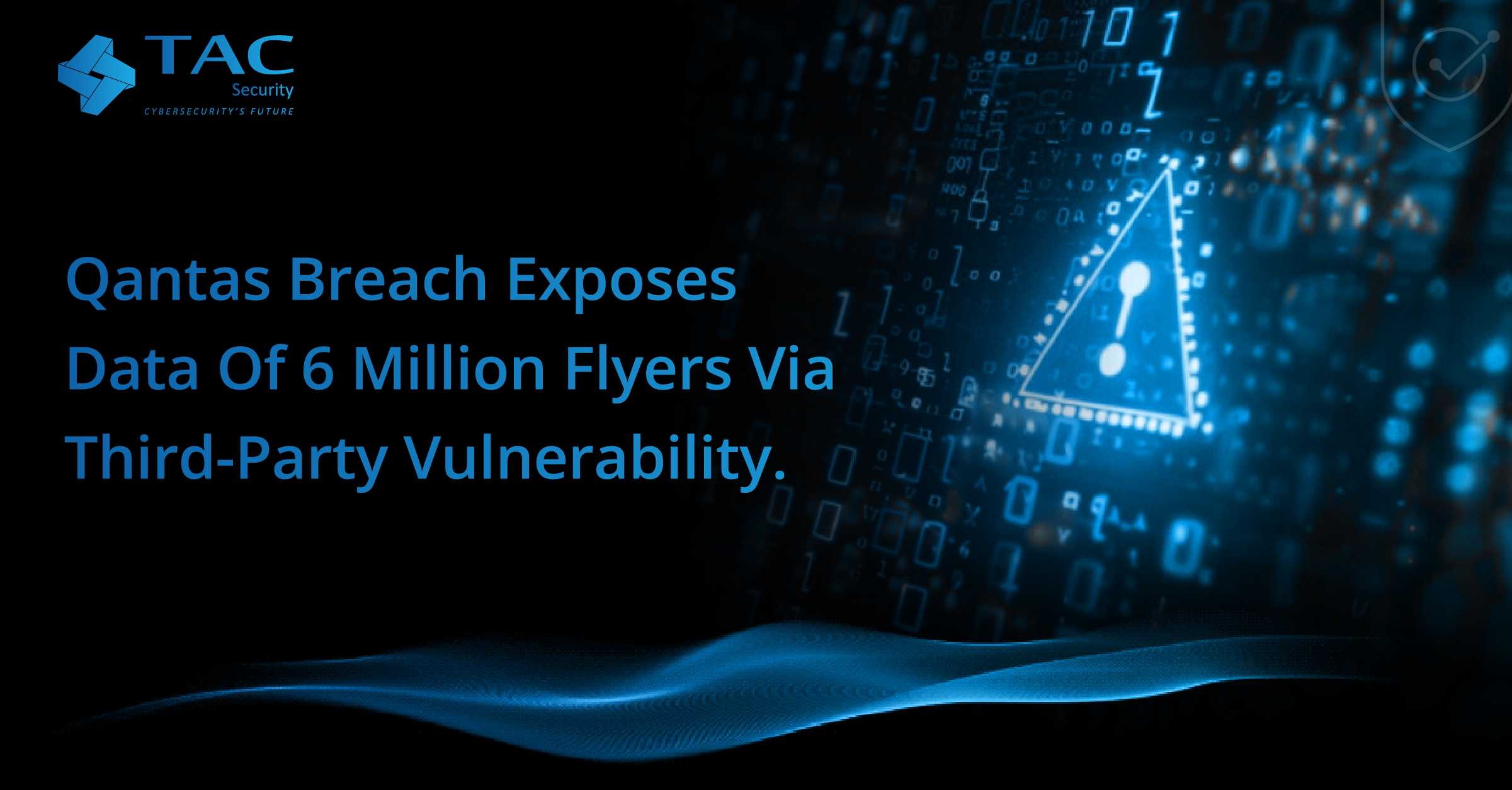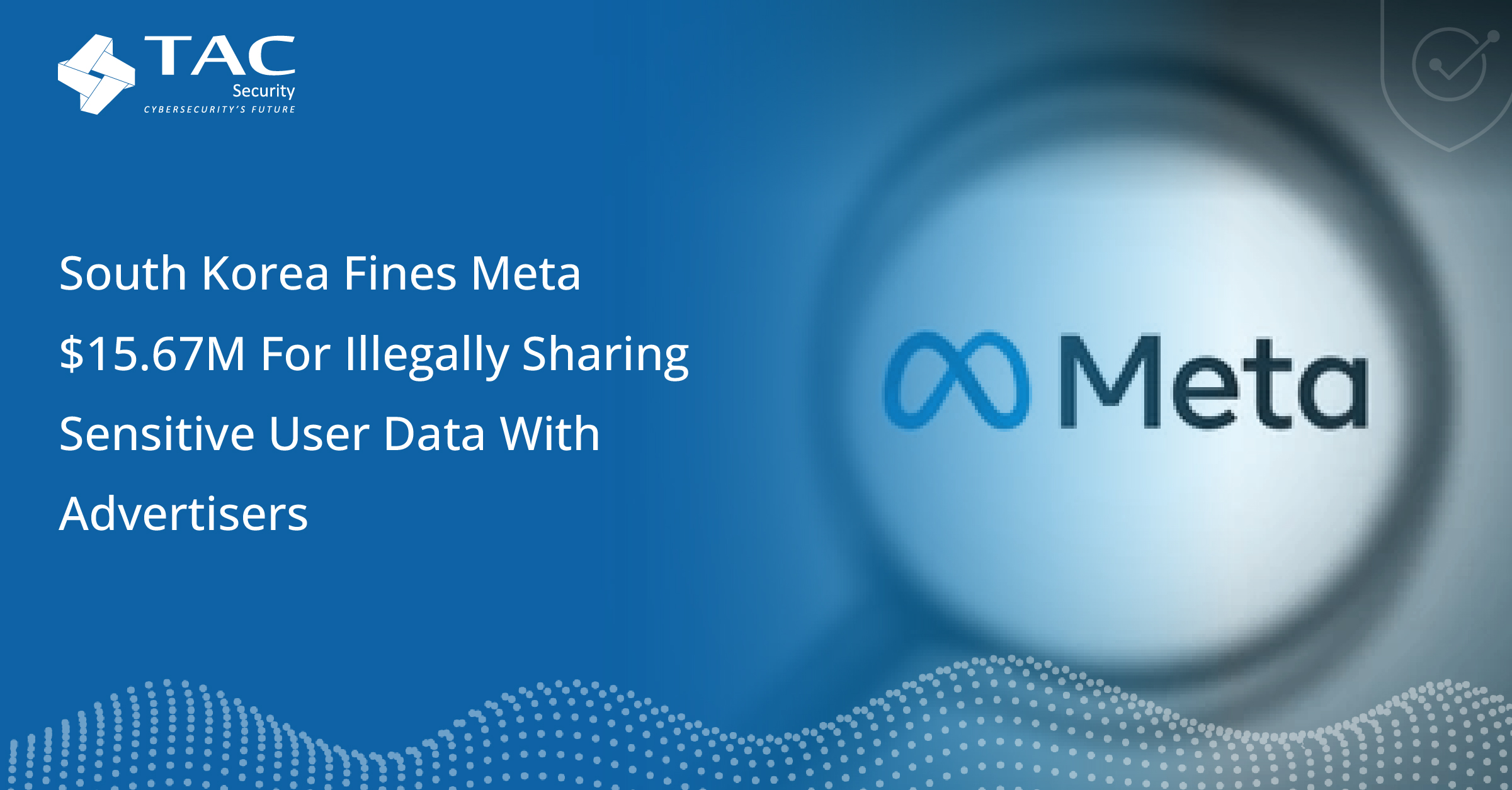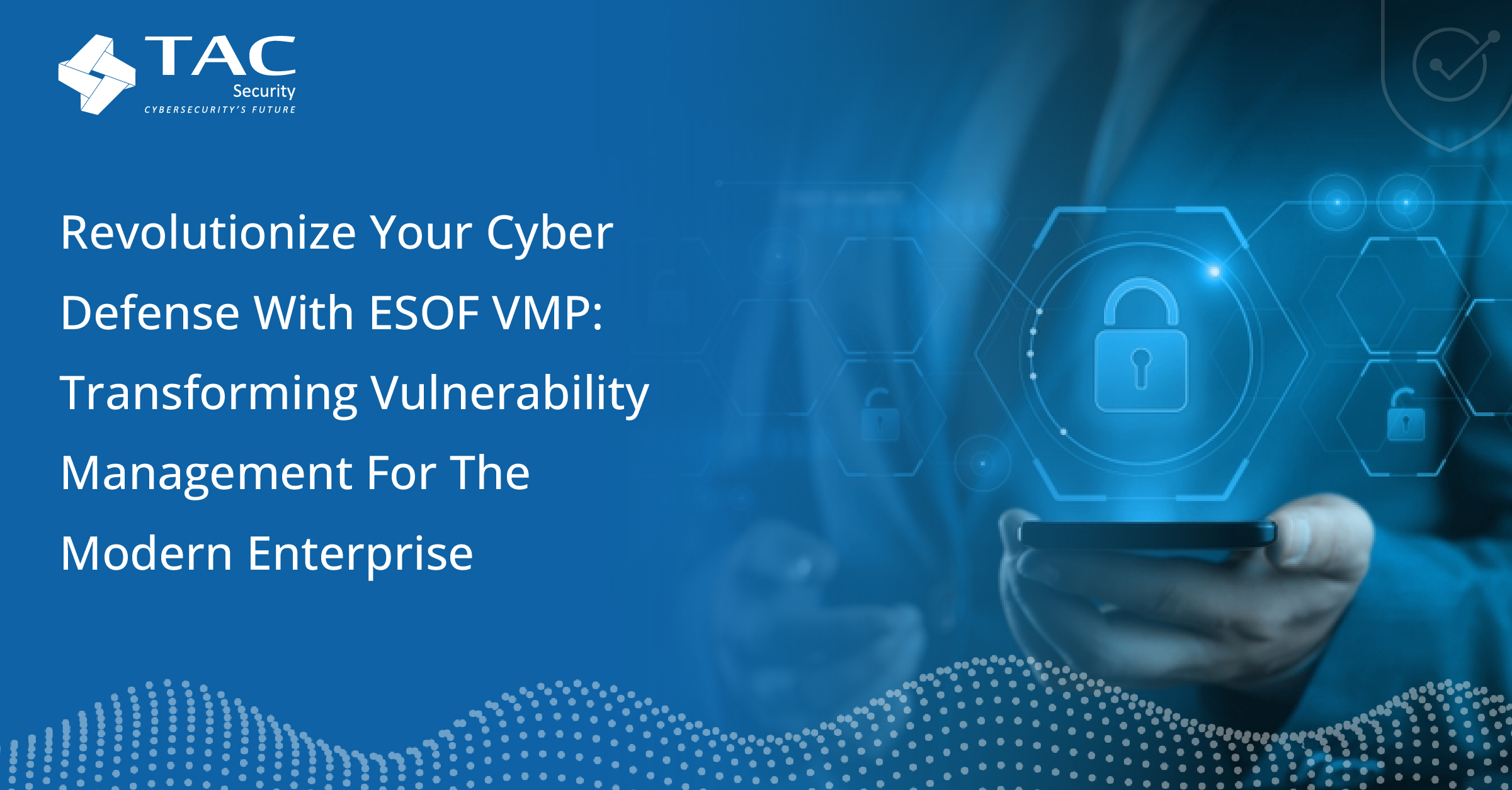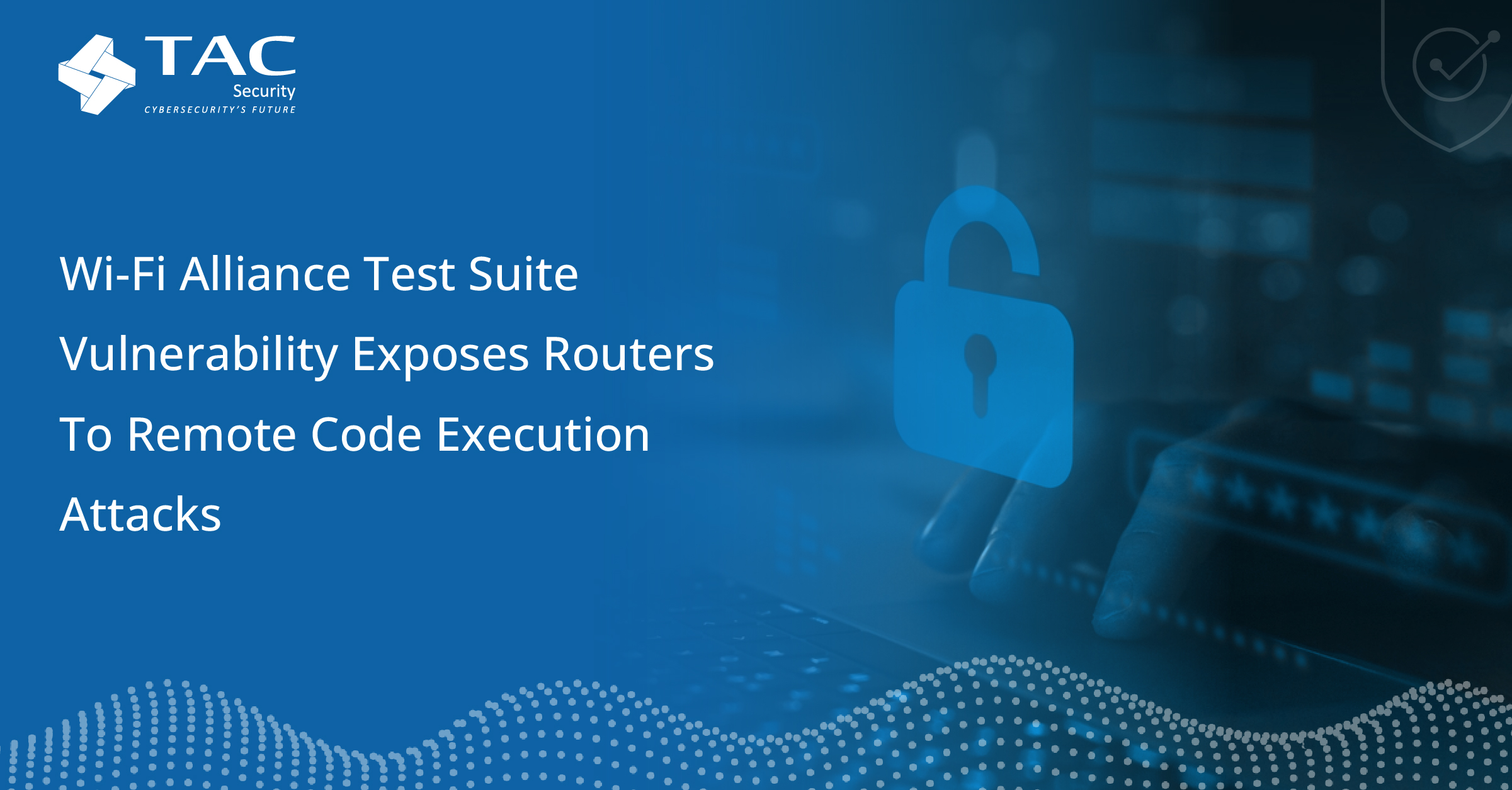23andMe Data Breach: How Stronger Cybersecurity Could Have Prevented a $30 Million Disaster

In one of the most significant privacy breaches in recent years, genetics testing company 23andMe has agreed to pay a $30 million settlement following a cyberattack that exposed the personal data of 6.9 million customers. The hack, which occurred between April and September 2023, compromised sensitive information belonging to individuals, with a particular focus on customers of Ashkenazi Jewish and Chinese ancestry. The stolen data, including genetic profiles, was put up for sale on the dark web, putting affected individuals at substantial risk of identity theft, privacy violations, and misuse of personal data. This breach underscores the critical need for robust cybersecurity measures in protecting sensitive data, especially in sectors like genetics and healthcare.
What Happened?
The cyberattack on 23andMe targeted the company’s vast customer database, which included genetic profiles, personal information, and health-related data. Alarmingly, individuals of specific ethnicities were singled out, suggesting that the hackers had a clear, malicious intent behind the breach. As part of the settlement, 23andMe will offer affected users up to $10,000 in compensation for extraordinary cases and will provide three years of free security monitoring services. However, for many, the financial payout and monitoring services may not be enough to restore trust or mitigate the long-term impact of the breach.
Could This Have Been Prevented?
While 23andMe has taken responsibility and agreed to the settlement, the breach highlights several vulnerabilities in their security posture. The genetic testing company, which handles highly sensitive information, should have implemented more stringent measures to safeguard customer data. This is where proactive cybersecurity solutions, such as those offered by TAC Security, could have played a crucial role in preventing such a massive breach.
How TAC Security Could Have Helped Mitigate the Breach
TAC Security, a leader in vulnerability management and cybersecurity, offers a range of advanced solutions designed to protect organizations from cyberattacks. Here’s how their suite of products could have helped mitigate or even prevent the 23andMe data breach:
- Comprehensive Vulnerability Scanning (ESOF VACA): TAC Security’s VACA platform could have been integrated into 23andMe’s infrastructure to provide continuous vulnerability scanning across their databases and applications. This would have identified security gaps early, allowing the company to patch vulnerabilities before they were exploited by attackers.
- Real-Time Threat Detection (ESOF VMP): TAC Security’s Vulnerability Management Platform (VMP) platform offers real-time threat detection, identifying high-risk vulnerabilities that require immediate attention. By using this tool, 23andMe could have prioritized critical vulnerabilities, such as those found in databases handling customer data, preventing unauthorized access before the breach occurred.
- Application Security Testing (ESOF AppSec): Given that the breach involved sensitive customer data, protecting applications and their integration points is critical. TAC Security’s Application Security (AppSec) platform ensures that vulnerabilities in web and mobile applications are identified and remediated in real-time. This proactive approach to security testing could have safeguarded 23andMe’s application layers, preventing hackers from exploiting weaknesses in the platform.
- Cyber Risk Quantification (ESOF CRQ): With cyberattacks becoming more sophisticated, it’s essential for companies to understand the potential impact of security risks. TAC Security’s Cyber Risk Quantification (CRQ) tool helps organizations assess the financial and reputational impact of potential vulnerabilities. For 23andMe, CRQ could have provided insights into the risks posed by their massive database, encouraging them to implement stronger security measures before a breach occurred.
- Automated Remediation: One of the emerging trends in cybersecurity is automated remediation. TAC Security is at the forefront of this trend, offering solutions that automatically apply patches and security controls as vulnerabilities are detected. This would have been instrumental in quickly addressing the vulnerabilities within 23andMe’s system, reducing the window of opportunity for attackers.
- Data Security Compliance: Beyond detection and remediation, TAC Security’s platforms are designed to ensure that organizations remain compliant with global data privacy regulations. In the case of 23andMe, this would have included adhering to stricter genetic privacy laws, which govern the protection of sensitive customer data.
Lessons Learned: The Importance of Proactive Cybersecurity
The 23andMe data breach serves as a reminder that even companies dealing with the most sensitive information are not immune to cyberattacks. As cyber threats evolve, so must the cybersecurity strategies employed by organizations. The financial repercussions of this breach—$30 million in settlements, as well as the cost of three years of security monitoring—are substantial. However, the damage to customer trust and the company’s reputation may prove even more costly in the long run.
By integrating a comprehensive cybersecurity solution like TAC Security’s ESOF platform, companies can not only safeguard their systems from breaches but also maintain compliance with ever-evolving data privacy regulations. In an era where data is the new currency, protecting it is not just a legal obligation but a fundamental aspect of doing business in the digital age.
Conclusion
The 23andMe breach is a stark reminder that no company is immune to the risks posed by cyberattacks. As hackers become more sophisticated, organizations handling sensitive data must adopt a proactive approach to cybersecurity. With TAC Security’s suite of products, businesses can identify vulnerabilities early, prevent breaches, and ensure that their most critical assets are protected. In a world where the stakes are higher than ever, investing in robust cybersecurity is no longer an option—it’s a necessity.





